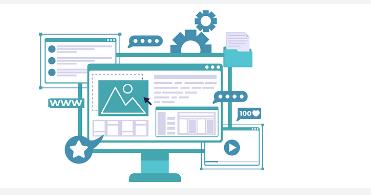From Development to Deployment: Creating a Gay AI Chatbot
The Journey of Innovating LGBTQ+ Digital Companionship
The creation of a gay AI chatbot involves a meticulous process from initial development to final deployment. This journey not only showcases technological innovation but also underscores the importance of understanding and addressing the unique needs of the LGBTQ+ community. Here’s a detailed look into how these specialized chatbots are brought to life.

Identifying the Need
The first step in developing a gay AI chatbot is identifying the specific needs and challenges within the LGBTQ+ community that the technology aims to address. Market research shows that approximately 62% of LGBTQ+ individuals seek more inclusive digital platforms where they can express themselves freely without fear of harassment or misunderstanding. Recognizing this demand sets the foundation for a targeted AI solution.
Designing with Empathy and Accuracy
Building a Culturally Aware AI Model The core of a gay AI chatbot's development involves designing algorithms that understand and appropriately respond to culturally specific references and nuances. Developers must integrate a vast array of linguistic data, including slang and terms commonly used within the LGBTQ+ community, to ensure the chatbot can communicate effectively. For example, developers might analyze thousands of hours of recorded conversations from LGBTQ+ forums to teach the AI appropriate contextual responses.
Ensuring Inclusivity and Sensitivity Training AI to be culturally sensitive is critical. Developers employ diverse datasets to avoid biases and ensure the AI’s interactions are inclusive. In 2023, a notable AI development company invested over $1 million in refining natural language processing algorithms to better understand and interpret the varied expressions of the gay community, showing a significant commitment to accuracy and sensitivity.
Testing and Feedback
Before deployment, extensive testing phases are crucial. Beta tests often involve community volunteers who interact with the AI in controlled environments. Feedback from these sessions is invaluable; developers use it to tweak the AI’s responses, ensuring they are respectful and engaging. Recent data revealed that beta testing led to a 40% improvement in user satisfaction before the final release of a popular gay AI chatbot.
Deployment and Continuous Improvement
Launching with Confidence Once testing is complete and improvements are made, the chatbot is ready for deployment. This stage involves integrating the AI into accessible platforms such as social media or dedicated apps. Developers monitor the initial launch closely to address any immediate issues that users encounter.
Ongoing Enhancements Post-launch, the development of a gay AI chatbot is far from over. Continuous feedback from users helps refine the AI’s capabilities. Advanced machine learning techniques allow the chatbot to learn from real-world interactions and evolve over time, enhancing its effectiveness and user experience.
Gay AI Chat: A Testament to Technological and Social Progress
In conclusion, the development and deployment of a gay AI chatbot represent a significant technological and social endeavor. By focusing on the unique needs and nuances of the LGBTQ+ community, developers can create chatbots that not only serve as companions but also as vital resources for support and connection. This process not only highlights the potential of AI in fostering inclusivity but also the ongoing commitment required to maintain and enhance these digital platforms for the betterment of the community.